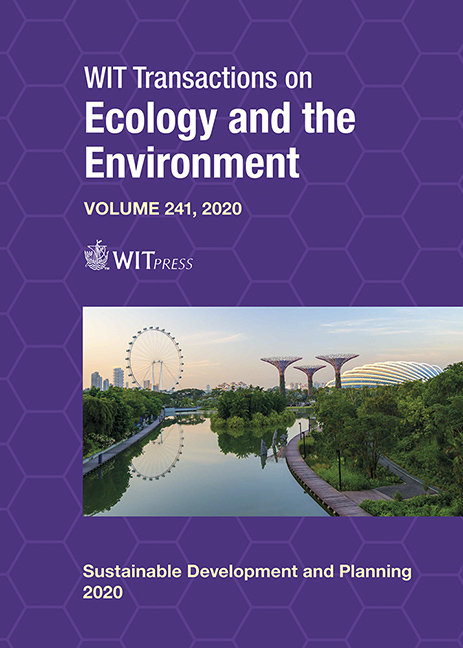RESEARCH ON REMOULDING RURAL PUBLIC SPACES IN THE MOUNTAINOUS AREAS OF WESTERN CHINA FOR ECO-MIGRATION: A CASE STUDY OF A RURAL RESETTLEMENT AREA FOR ECO-MIGRATION IN THE JINYUN MOUNTAIN, CHONGQING
Price
Free (open access)
Transaction
Volume
241
Pages
11
Page Range
481 - 491
Published
2020
Paper DOI
10.2495/SDP200391
Copyright
WIT Press
Author(s)
FANGJING LUO, YIFAN TANG
Abstract
In China, the ecologically fragile areas and poor rural areas have highly consistent distribution characteristics and mainly distribute in the western mountainous areas. In such rural areas, due to the lack of awareness of reasonable development by villagers, the problems of ecological environment destruction and economic sustainable development are becoming more and more serious. In order to solve this problem, China began to explore eco-migration, which played an important role in improving the regional, ecological environment and lifting villagers out of poverty. Considering the factors such as the migrants’ long-term living habits and regional culture, most of the receiving areas for migrants have been chosen in areas close to the relocated countryside. In this context, we focused on the current design of the new public space for migrants. However, we found that most of the existing designs apply the urban model, which made the villagers feel they had no sense of belonging. This study took the rural resettlement area for eco-migration in the mountainous area of Chongqing as an example and applied a new typological method of rural public space. Firstly, the public spaces of mountainous rural areas similar to the relocated rural area were analysed from the historical forms, and the prototypes of these public spaces were extracted in three layers: plane pattern, structural organization, decoration and function. Furthermore, these prototypes were transformed into new patterns according to the life-style that the villagers wanted. Ultimately, the various types of transformed public spaces were compounded and optimized to form the public space system of new rural resettlement. In principle, a new design model for the public space of rural resettlement that can better meet the material and spiritual needs of migrants was discovered, and with the aim to provide a reference for the future public space design of eco-migration rural resettlement.
Keywords
eco-migration, rural public space, typology





